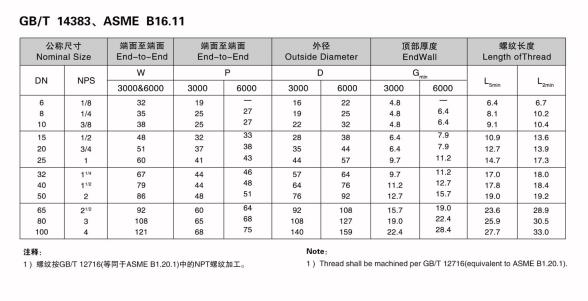Coupling is an important component in mechanical transmission in industrial pipeline connections. Torque is transmitted through the mutual connection between the driving shaft and the driven shaft. It is a pipe fitting with internal threads or sockets used to connect two pipe segments.
A pipe clamp is a short section of pipe used to connect two pipes. Also known as an external joint. Pipe clamps are widely used in civil construction, industry, agriculture, and other fields due to their convenient use.
Classified by material: carbon steel, stainless steel, alloy steel, PVC, plastic, etc
Connection methods:
threaded connection, welding, and fusion welding
Commonly used couplings include diaphragm couplings, tooth couplings, plum blossom couplings, slider couplings, drum tooth couplings, universal couplings, safety couplings, elastic couplings, and serpentine spring couplings.
Classification:
There are various types of couplings, which can be divided into:
① Fixed coupling. Mainly used in places where the two shafts require strict alignment and do not experience relative displacement during operation. The structure is generally simple, easy to manufacture, and the instantaneous speed of the two shafts is the same. There are mainly flange couplings, sleeve couplings, clamp shell couplings, etc.
② Movable coupling. Mainly used in areas where there is deviation between two axes or relative displacement during operation, it can be divided into rigid movable couplings and elastic movable couplings according to the method of compensating displacement.
Rigid movable couplings utilize the dynamic connection between the working parts of the coupling to compensate for the degree of movement in a certain direction or several directions, such as tooth embedded couplings (allowing axial displacement), cross groove couplings (used to connect two shafts with parallel displacement or small angular displacement), universal couplings (used in places where the two shafts have a large deviation angle or have a large angular displacement in operation), gear couplings (allowing comprehensive displacement) Chain couplings (allowing for radial displacement), etc,
Elastic movable couplings (referred to as elastic couplings) use the elastic deformation of elastic components to compensate for the deviation and displacement of two shafts. At the same time, elastic components also have buffering and vibration reduction performance, such as serpentine spring couplings, radial multi-layer plate spring couplings, elastic ring bolt couplings, nylon bolt couplings, rubber sleeve couplings, etc.
Some couplings have been standardized. When selecting, the appropriate type should be selected according to the job requirements, and then the torque and speed should be calculated based on the diameter of the shaft. Then, the applicable model should be found from relevant manuals, and necessary verification calculations should be made for certain key parts.
Post time: Jul-13-2023





